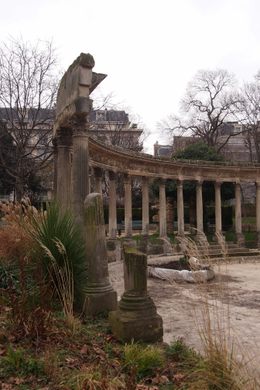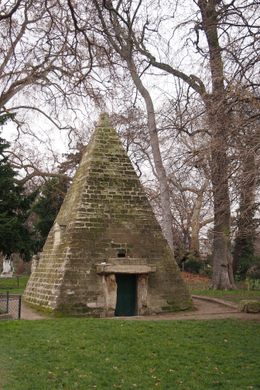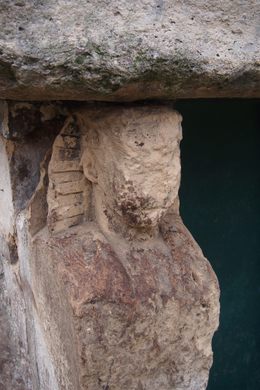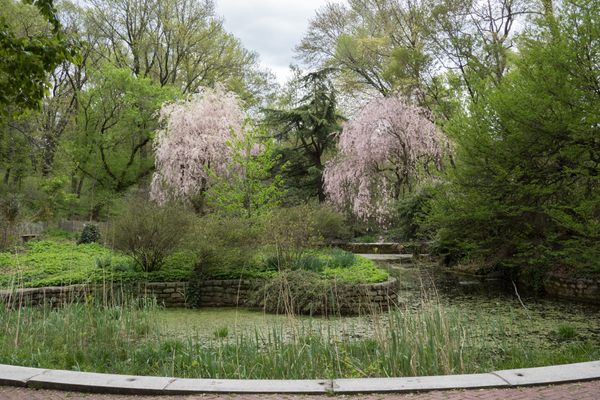Parc Monceau
The ruins of a Duke's bucolic dream, where camels once roamed alongside "Dutch" windmills and faux-Italian vineyards.
When France’s royal family wants an absurdist Anglo-Chinese garden filled with an architectural pastiche from around the globe, who dares say no?
Parc Monceau was built in 1778 at the request of King Louis XVI’s cousin – the Duke of Chartres, Phillippe d’’Orléans – who dreamt of opening a park that would amaze and surprise all who passed through its gates by foregrounding his eclectic taste in landscape design and architecture. What resulted was a monumental act of public folly, albeit one that possessed a tender charm all its own.
Constructed with a distinct lack of care for either the epoch or people from which he was borrowing, Parc Monceau originally contained a Roman colonnade, a miniature Egyptian pyramid, a Tartar tent, a Dutch windmill, a water lily pond, an enchanted grotto, a temple of Mars, an Italian vineyard and numerous antique statues, all within arms’ reach of each other. At the time of its debut, the garden also featured servants in flamboyant dress and exotic animals like camels.
Taken as a whole, none of it it made much sense, but that had never really been the Duke’s point; unlike the Jardin d’Agronomie Tropicale which was built to mimic foreign cultures for spectatorship, Parc Monceau was built as pure fantasy.
Over the years, Parc Monceau has changed and evolved. As Paris went through its various revolutions and Haussmannian restructuring, so did the park. Yet it is still open to the public, and many of its original features are still present, with the modern-day additions of a play park and free Wi-Fi.
What remains today is a mere husk of the Duke’s original, grand vision, though the ravages of time haven’t exactly been unkind to the park’s strange monuments. Everything looks older, lending them an air of mystery and enchantment that no doubt would have pleased the Duke to no end, just as he’d planned nearly three centuries ago.



















Follow us on Twitter to get the latest on the world's hidden wonders.
Like us on Facebook to get the latest on the world's hidden wonders.
Follow us on Twitter Like us on Facebook